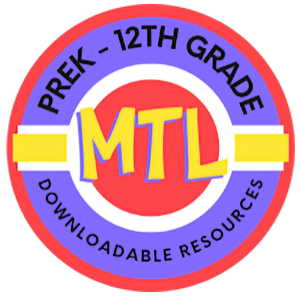Showing 541–560 of 577 resultsSorted by latest
-
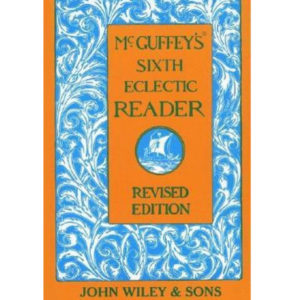 $3.00Buy Now
$3.00Buy NowSince 1836, children have been delighted by these volumes filled with exotic adventures, exciting stories, beautiful poems, and funny fables. The Sixth Eclectic Reader includes selections from Patrick Henry, Sir Walter Scott, Elizabeth Barrett Browning, and William Shakespeare.
-
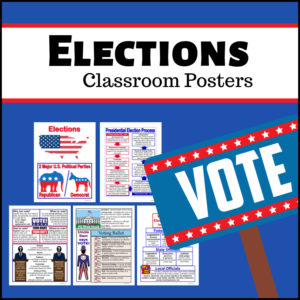 $3.00Buy Now
$3.00Buy NowTeaching about U.S. elections? These colorful 5 election posters are packed with information about our government’s election process! Designed for 3rd, 4th, 5th and 6th grades.
-
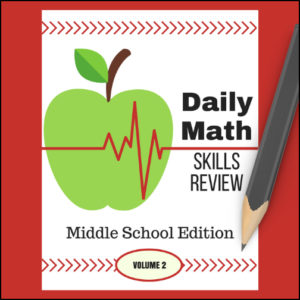 $10.00Buy Now
$10.00Buy NowOne complete semester of work (90 days). Each day, students will be given 3 questions and designed to review a multitude of middle school math skills.
Click here for a flipbook preview (of Volume 1)Non-members: Bundle and save when you purchase Daily Math Skills Review | Middle School Full Year BUNDLE
(See description below for details)
-
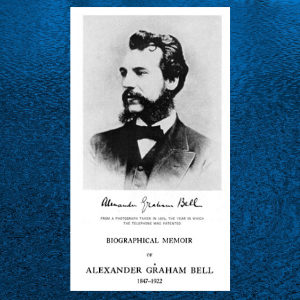 $2.00Buy Now
$2.00Buy NowThis is a downloadable copy of the book. (30 pages)
Excerpt from the book: Alexander Graham Bell – teacher, scientist, inventor, gentleman – was one whose life was devoted to the benefit of mankind with unusual success. Known throughout the world as the inventor of the telephone, he also made other inventions and scientific discovers of first importance, greatly advanced the methods and practices for teach the deaf and came to be admired and loved throughout the world for his accuracy of thought and expression.
-
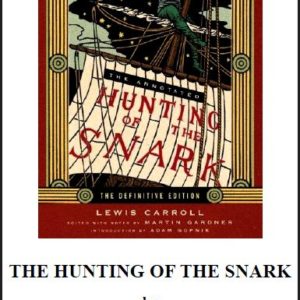 $2.50Buy Now
$2.50Buy NowThis is a downloadable copy of the book.
About the book: A poem typically categorized as a nonsense poem. Written from 1874 to 1876, the poem borrows the setting, some creatures, and eight portmanteau words from Carroll’s earlier poem “Jabberwocky” in his children’s novel Through the Looking-Glass (1871).About the Author: Lewis Carroll, was an English writer of world-famous children’s fiction, notably Alice’s Adventures in Wonderland and its sequel Through the Looking-Glass. He was noted for his facility at word play, logic, and fantasy. The poems Jabberwocky and The Hunting of the Snark are classified in the genre of literary nonsense. He was also a mathematician, photographer, and Anglican deacon. (Lewis Carroll is a pen name – Given name was Charles Lutwidge Dodgson)
-
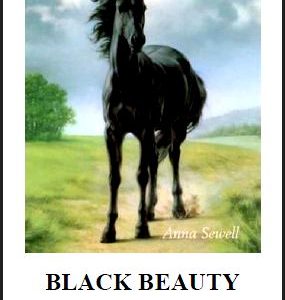 $2.00Buy Now
$2.00Buy NowThis is a downloadable copy of the book.
About the book: The story is narrated in the first person as an autobiographical memoir told by the titular horse named Black Beauty—beginning with his carefree days as a colt on an English farm with his mother, to his difficult life pulling cabs in London, to his happy retirement in the country. Along the way, he meets with many hardships and recounts many tales of cruelty and kindness. Each short chapter recounts an incident in Black Beauty’s life containing a lesson or moral typically related to the kindness, sympathy, and understanding treatment of horses, with Sewell’s detailed observations and extensive descriptions of horse behavior lending the novel a good deal of verisimilitude.About the Author: Anna Sewell was an English novelist. She is well known as the author of the 1877 novel Black Beauty, which is now considered one of the top ten bestselling novels for children ever written, although it was intended at the time for an adult audience.
-
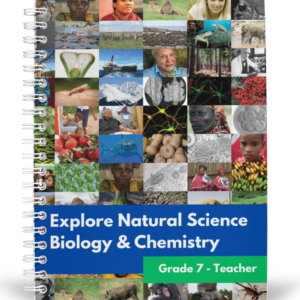 $15.00Buy Now
$15.00Buy NowThis is the Teacher’s edition for Natural Science: Biology & Chemistry – Grade 7 (Student Edition)
Bundle and Save: 7th Grade Science Curriculum Bundle
-
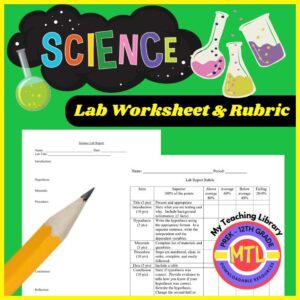 $2.50Buy Now
$2.50Buy NowThis Science lab worksheet and rubric will give your middle school and high school students an organized way to report the entire process of a science lab. Plus, the rubric can be given to students in advance so that they will know all of the criteria you are expecting! Use again and again, throughout the year for all your labs
There are sections for students to record…
- – Lab title
- – Introduction (Students are to state what they are testing and why plus give background information)
- -Hypothesis (Students are to write their hypothesis plus give the independent and dependent variables)
- -Materials (A complete list of materials)
- – Procedure (Students are to give detailed numbered steps that were followed)
- – Data (Should include a table)
- – Conclusion (Students will state if their hypothesis was correct, providing evidence. Change the hypothesis is necessary.)
- – Reflection (Students should list at least two sources of possible error)
The grading rubric makes it easy for YOU to grade!
-
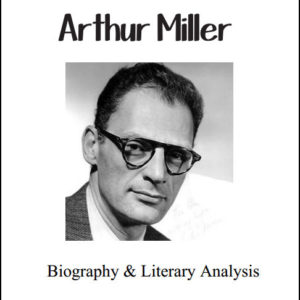 $4.00Buy Now
$4.00Buy NowBiography & Literary Analysis – Arthur Miller
517 pages -
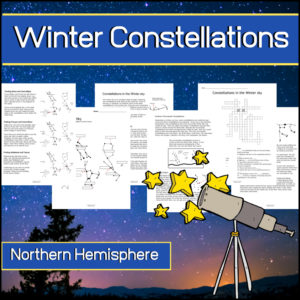 $3.00Buy Now
$3.00Buy NowExplore the Northern Hemisphere’s Winter constellations with this resource! Students will learn…
- What are the major constellations?
- What is the Greek Mythology behind them?
- What major stars will help guide them through the night sky?
- How is Orion the ‘key’ to locating the main constellations?
- What is the name of the North Star, and which constellation is it in?
- What is the brightest star in the sky?
Students will learn about the following constellations:
- Orion
- Canis Major
- Canis Minor
- Gemini
- Auriga
- Pleiades
- Taurus
- Draco
- Ursa
- Major
- Ursa Minor
- Cepheus
- Cassiopeia
They will learn the location of the following stars:
- Pollux
- Castor
- Capella
- Procyon
- Sirius
- Betelgeuse
- Rigel
- Aldebaran
- Capella
- Polaris
They will also learn which constellations are called the Northern Circumpolar constellations PLUS the Greek Mythology behind these major constellations!
Student activity sheets include:
- Fill in the blank (constellation and star names for the ‘Winter Sky’)
- Draw and name (the five circumpolar constellations and the North Star)
- Crossword Puzzle (in which they will use the information within the resource to gather answers)
Suggested follow up activities:
- Assign students to go outside after dark, find and draw the constellations they see and can identify.
- Visit a local planetarium
-
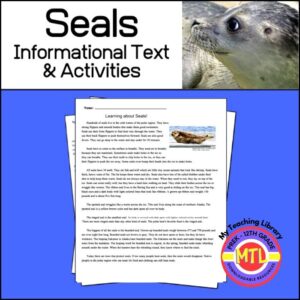 $2.00Buy Now
$2.00Buy NowThis informational text article is all about seals, where they live, their physical characteristics and about several different types of this cold-water mammal. After reading, students will complete a reading comprehension worksheet and (optional) write a story! Answer key provided.
-
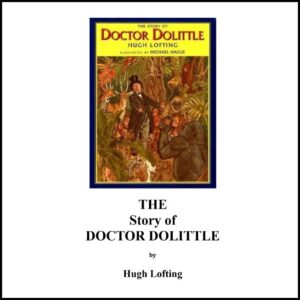 $2.00Buy Now
$2.00Buy NowThis is a downloadable copy of the book.
About the book: The Story of Doctor Dolittle, (Being the History of His Peculiar Life at Home and Astonishing Adventures in Foreign Parts) (1920), written and illustrated by the British author Hugh Lofting, is the first of his Doctor Dolittle books, a series of children’s novels about a man who learns to talk to animals and becomes their champion around the world. It was one of the novels in the series which was adapted into the film Doctor Dolittle.About the Author: Hugh John Lofting was an English author trained as a civil engineer, who created the classic children’s character of Doctor Dolittle. Dolittle first appeared in Lofting’s illustrated letters to his children, written from the British Army trenches in World War I. He travelled widely as a civil engineer, before enlisting in the Irish Guards regiment of the British Army to serve in the First World War. Not wishing to write to his children about the brutality of the war, he wrote imaginative letters which later became the foundation of the successful Doctor Dolittle novels for children.
-
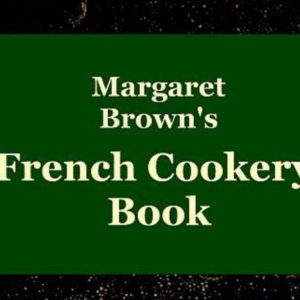 $2.50Buy Now
$2.50Buy Now- This is a copy of Margaret Brown’s French Cookery book – Publication date: 1886
It includes a large variety of French recipes from the late 1800’s, written in very simplistic, paragraph form. Recipes from apple cake and corn bread to lobster fritters and rabbit fricassee!Here is an example of how recipes are written:
Peach Sauce.
Place the peach juice from the can into a small saucepan, add an equal volume of water, a little more sugar and 8 or 10 raisins, boil this 10 minutes, strain, and just before serving add 8 drops of extract of bitter almonds.
- This is a copy of Margaret Brown’s French Cookery book – Publication date: 1886
-
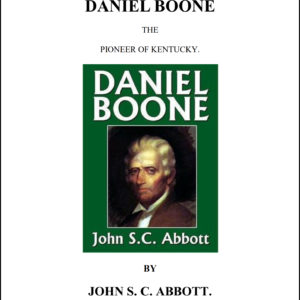 $2.50Buy Now
$2.50Buy NowDaniel Boone is regarded as the first real American folk hero. Without his cunning bravery, settlement west of the Appalachians may not have been made possible for years. Boone’s Wilderness Road, which is still used today, helped bridge the Cumberland Gap, granting access to the state of Kentucky from Pennsylvania.
Thanks to the writing of John S. C. Abbot, the life and genius of Boone can truly be appreciated through Daniel Boone: The Pioneer of Kentucky. Find out just how Boone crafted his Wilderness Trail, what he did to make it happen, and how he overcame the struggles of life in late eighteenth century America.
-
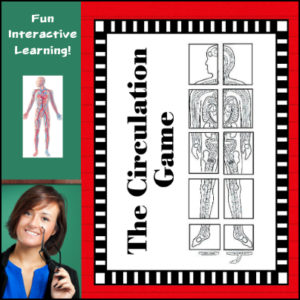 $4.50Buy Now
$4.50Buy NowA fun, interactive game that will have students learn all about the circulatory system!
- – deliver oxygen and food to the cells
- – have oxygen and carbon dioxide ‘ride’ on red blood cells
- – circulate red blood cells throughout the body – through the circulatory system (arteries and veins)
The first team to get all their oxygen to the cells, all the food to the cells, all the wastes to the kidneys and all the carbon dioxides to the lungs, wins the game!
-
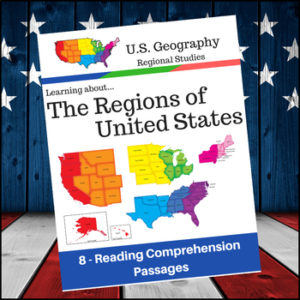 $5.00Buy Now
$5.00Buy NowHelp students expand their understanding of the different regions of the United States while learning about USA’s climate, geography, history, economy and culture.
Included sections (text and comprehension questions):
- 1. Regions of the United States
- 2. The Northeast and Midwest Regions
- 3. The South and West Regions
- 4. Learning More about the New England Subregion of the Northeast
- 5. Learning more about the Middle Atlantic Subregion of the Northeast
- 6. Learning more about the South
- 7. Learning more about the Midwest
- 8. Learning more about the West Region of the U.S
-
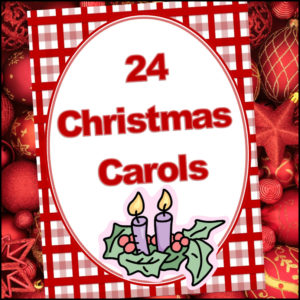 $2.00Buy Now
$2.00Buy NowWords to 24 traditional Christmas Carols (and a little history about them as well).
Includes:
- Deck the Halls
- We Wish you a Merry Christmas
- The Twelve Days of Christmas
- Good King Wenceslas
- Come, Buy My Nice Fresh Ivy
- Carol of the Bells
- O Christmas Tree
- Here We Come a-Wassailing
- God Rest Ye Merry Gentlemen
- The First Noel
- I Saw Three Ships
- Hark! The Herald Angels Sing
- It Came upon the Midnight Clear
- Silent Night
- Down in Yon Forest
- Joy to the World
- O Holy Night
- We Three Kings
- Away in the Manger
- Good Christian Men Rejoice
- O Come All Ye Faithful
- O Little Town of Bethlehem
- While Shepherds Watched
- Jingle Bells
-
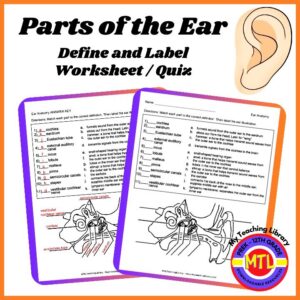 $1.50Buy Now
$1.50Buy NowA ready-to-print and use worksheet that will have students define and label parts of the human ear. Answer key provided.
Great learning tool or quiz!
Parts: cochlea, eardrum, Eustachian tube, external auditory canal, incus, lobule, malleus, pinna, semicircular canals, stapes, vestibular cochlear nerve
-
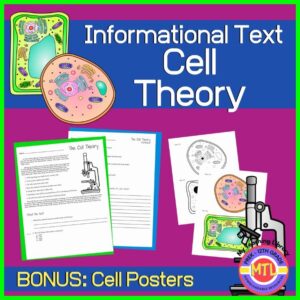 $2.50Buy Now
$2.50Buy NowA great introductory lesson on Cell Theory for your Science students. The text will teach students about the contributions of scientists Robert Hooke, Matthias Schleiden, Theodor Schwann and Rudolf Virchow. It lists the 3 basics of Cell Theory as well as the 3 ‘modern’ ideas that have been added to Cell Theory.
This resource includes:
- Informational Text
- Assessment of student understanding (multiple choice and short essay)
- Answer Key
- BONUS: B/W and Color posters of animal and plant cells.
-
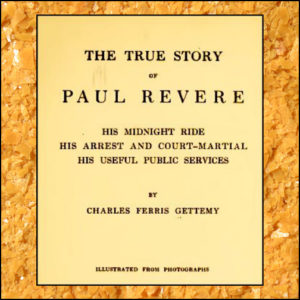 $3.00Buy Now
$3.00Buy NowThis is a downloadable copy of the book. (358 pages)
About the book: Published in 1905, Gettemy writes of Paul Revere’s midnight ride, his arrest, court-martial plus his ‘useful public services’. Paul Revere ( December 21, 1734 – May 10, 1818) was an American silversmith, engraver, early industrialist, and a patriot in the American Revolution. He is most famous for alerting the Colonial militia to the approach of British forces before the battles of Lexington and Concord, as dramatized in Henry Wadsworth Longfellow’s poem, “Paul Revere’s Ride”. Revere was a prosperous and prominent Boston silversmith, who helped organize an intelligence and alarm system to keep watch on the British military. Revere later served as a Massachusetts militia officer, though his service culminated after the Penobscot Expedition, one of the most disastrous campaigns of the American Revolutionary War, for which he was absolved of blame. Following the war, Revere returned to his silversmith trade and used the profits from his expanding business to finance his work in iron casting, bronze bell and cannon casting, and the forging of copper bolts and spikes. Finally in 1800 he became the first American to successfully roll copper into sheets for use as sheathing on naval vessels.
